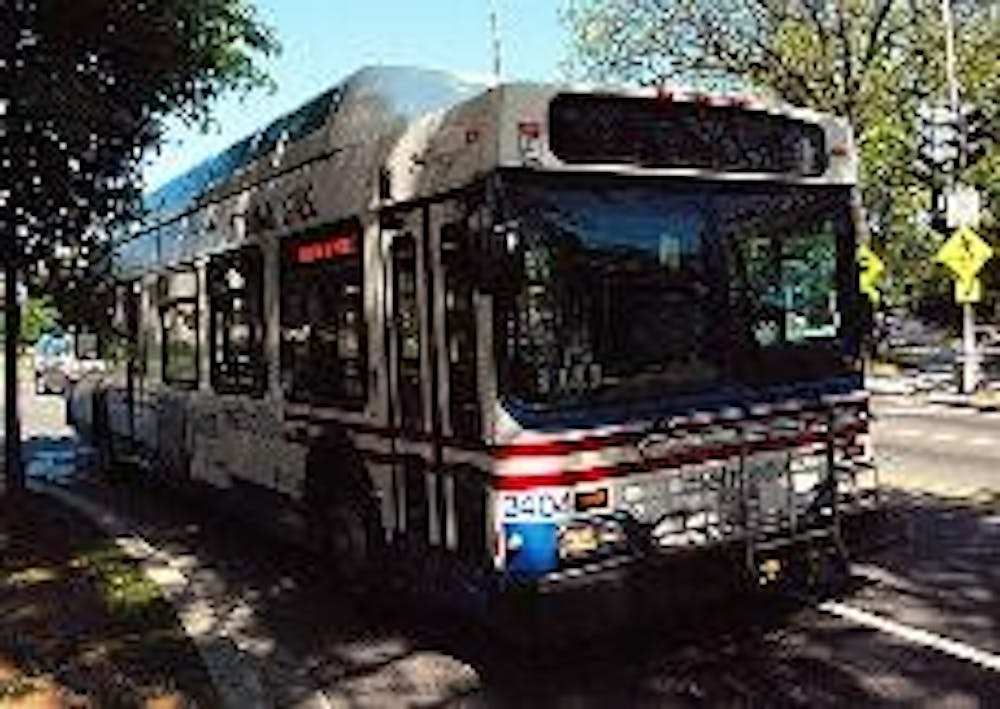New technology allowed the Washington Metropolitan Area Transit Authority to report that more than 25 percent of its buses did not arrive on their scheduled times in July, according to data released recently on the Washington Metropolitan Area Transit Authority's Web site.
WMATA finished installing software updates two months ago that allows it to track the reliability of its buses, according to Metro spokeswoman Candace Smith. Punctuality on the system's 340 Metrobus routes varied between 50 and 90 percent, Smith said. She defined "on time" as no more than two minutes early or seven minutes behind schedule.
Haesun Jang, a sophomore in the School of International Service, is not surprised that Metrobuses are late more than 25 percent of the time. She said the 30 route buses are never on time when she has used it, which has typically caused her to wait between five and 10 minutes.
Tricia Lee, a junior in the School of Communication, said she does not mind the delays.
"Part of me thinks that people should expect that," she said.
WMATA uses the Global Positioning System to monitor the progress of its buses at various checkpoints. Before WMATA got the new technology, the authority hired traffic checkers to ride the bus lines and keep track of punctuality, Smith said.
Smith said she feels the Metrobus system's reliability could use improvement.
"It's not the worst in the country, but it's not the best either," she said.
Metrorail has a higher punctuality rate than Metrobus, with 92 percent of trains on all lines arriving on time in the year ending Sept. 9, Smith said.
Steve Yaffe, transit service manager for Arlington Transit in Arlington County, Va., said he ranks the reliability of Metrobus as slightly above average. Between 60 and 70 percent is normal because of changing weather and traffic conditions, he said. Arlington Transit does not have a system for tracking its buses' reliability.
Nathan Reily, a sophomore in the School of Public Affairs, said he suggests WMATA add more buses and run them more frequently as a short-term solution to the delays.
WMATA hopes to improve the system's reliability by working with the area transportation to install traffic lights that will lengthen a green light or shorten a red light when they sense a bus approaching. Signal prioritization has decreased Metrobus delays by 23 percent in Fairfax, Va., according to Smith.
Metrobus is also hoping to create bus-only lanes that they can use during rush hour periods. One currently exists on Seventh Street N.W. between E Street and Massachusetts Avenue, but people often park there without being ticketed, Smith said.
Smith believes the community needs to begin focusing on moving people through intersections, rather than vehicles.
"You can fit a heck of a lot more people on a bus than you can [in] a car," she said.
According to the July statistics for the system, the U5 route from Mayfair in Northeast to Marshall Heights in Southeast, and the Y5 along Georgia Avenue in Montgomery County, Md., ranked among the least punctual lines. The 21D from the Landmark Shopping Center in Landmark, Va., to the Pentagon, and B21 to Bowie State University were the most punctual lines, Smith said.
You can reach this staff writer at mkendall@theeagleonline.com.





